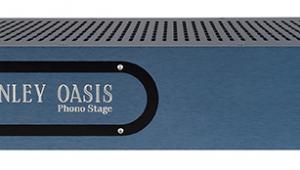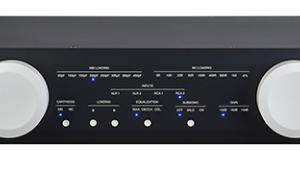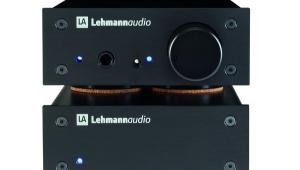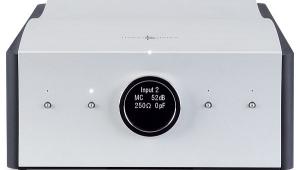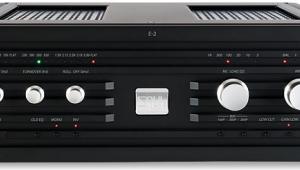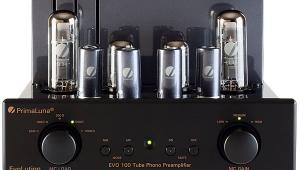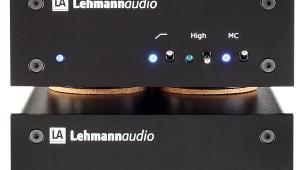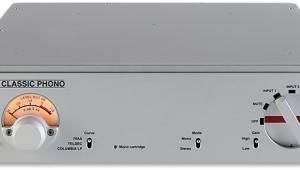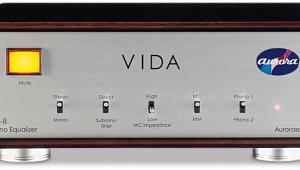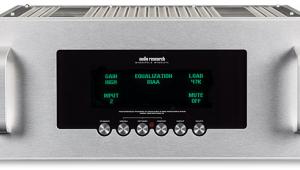Canor Asterion V2
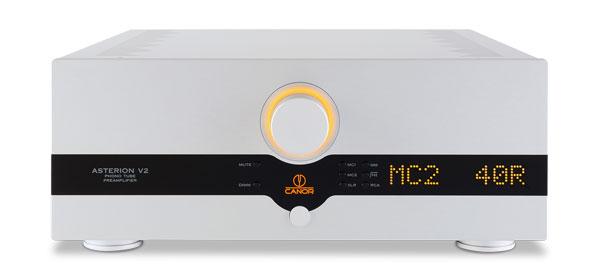
Canor Audio has been around for nearly three decades, but it’s only in the past few years the Slovakian company has stepped fully into the limelight. If you asked how the brand would describe itself, Canor’s founders would likely say ‘tube specialists’. This is fair, considering how much effort it puts into validating and testing valves before pressing them into its many tube products – and those it builds for other major brands, too. But if that might make this Slovak enterprise sound like an adherent of old-school, analogue-only hi-fi, you would be mistaken. In practice, its repertoire also embraces digital audio separates and solid-state products, albeit mainly for third parties as Canor has its own hybrid designs.
Clear Thinking
The company’s modern take on design and flexibility is part and parcel of the Asterion V2, launched together with the Virtus I2 integrated amplifier. Priced at £6000, this is a phono preamplifier that aims to entice demanding vinyl fans with its well-judged feature set. Think support for MM and MC cartridges, together with the ability to handle the balanced MC connections so beloved of Pro-Ject’s Heinz Lichtenegger. Tubes are, of course, a key element of the equation.
At the same time, Canor’s phono stage keeps things relatively simple compared to other high-performers, such as the £9999 Musical Fidelity Nu-Vista Vinyl 2, whose user-selectable EQ curves and multiple inputs catering to those with several turntables/tonearms can seem overwhelming. There’s less of that here, as the Asterion V2 is more clear-cut and conceptually focused. Yes, it possesses separate inputs for MM and MC (the second of those on both XLRs and RCAs), and you could theoretically connect multiple decks, but it feels more like a unit for building a straightforward but high-end vinyl system with a single turntable.
Orange Appeal
There are silver or matt black options for the Asterion V2’s full-sized anodised aluminium chassis, making it a visual match for the Virtus I2 and other stablemates. Either finish nicely complements the orange lighting around its large, central rotary, the lit Canor logo beneath and the dot-matrix style display off to the right of the fascia. Does this sound a bit showy? Well, it isn’t, particularly as the orange illumination, evoking the ‘warmth’ of tubes, can be dimmed if required.
That large dial isn’t a volume control, as the Asterion V2 lacks gain adjustment. Instead, it allows for quick selection of the correct load for the cartridge in use. This is more handy than fiddling with DIP switches on the rear or – even worse – inside, as is the case with many phono stages.
As you would expect, it’s possible to switch between MM and two MC cartridge types – with a twist. The small buttons on the front let you select between MC1 and MC2, the difference being a higher gain and a different range of impedance values for the latter, resulting in three modes in total and eight choices of loading for each. The options are carefully chosen, on its face allowing you to match this phono preamp to a wide range of cartridges.
Par for the course, there’s no faulting the fit and finish of the Asterion V2, both inside and out. Canor has built a solid reputation for delivering the goods to its OEM customers, and its production skills are really on show here, as with the Virtus I2 amp. There’s no mistaking the blue PCB utilising the company’s CMT ‘hole’ technology, intended to reduce parasitic capacitances that might hinder tube performance by mimicking the advantages of wired connections. There are also distinct PCBs to keep the left and right signal paths physically separate, while the main PSU transformer is potted in resin and encased in a thick metal cover to reduce the impact of microphony and electromagnetic interference.
Internally, the Asterion V2 immerses a fully passive RIAA equalisation stage into a high-gain preamp utilising four 6922EH triodes per channel (plus a 6CA4EH employed as rectifier in the anode PSU). The rated +46dB gain suffices for most MM cartridges while MCs are given an added boost by a high-quality Lundahl step-up transformer. High-output MCs will be best used into the MM input here.

